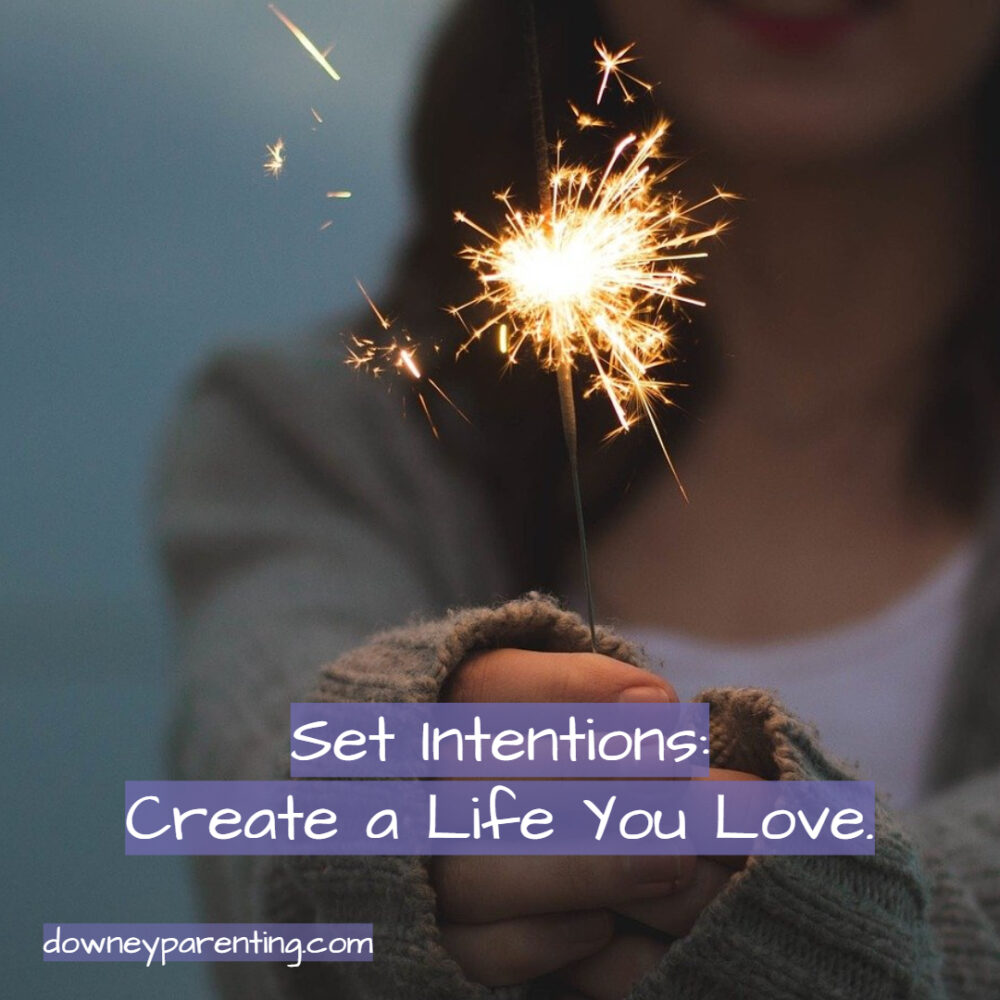
“Our intention creates our reality.”
-Wayne Dyer
This year, set intentions instead of resolutions.
For thousands of years, it has been a tradition to make a New Year’s resolution. A resolution is a firm decision to do or not do something and the majority of resolutions created focus on self-improvement. Yet, the definition feels so rigid and constrictive. And it’s important to note that the majority of resolutions fail, by February.
So why make a resolution?
I used to set aside time to sit down and create resolutions for my upcoming year:
- I will go to the gym weekly
- This year I want to lose xx pounds.
- I will spend less money.
- This year I will get organized.
And time and time again, they fell by the wayside. Of course they did, because the majority of resolution’s fail. And when I failed, a sense of guilt, frustration or dread would overtake me.
Resolution’s tend to be ineffective because they typically are created once a year. They are either forgotten or they feel so rigid that when you slip up one time it feels like you have failed and give up quicker. Resolutions fail because they focus on changing who you are, instead of embracing what you want to do.
Intentions
On the other hand, intentions are a positive call to action about something you want to do (rather than something you don’t want but feel you ‘should’). An intention focuses on cultivating what you want in your life. Unlike a rigid resolution, an intention focuses on a theme, it serves as a reminder of the kind of person we want to be and the life we want to live. An intention is compassionate and qualitative. It does not focus on changing who you are but instead recognizes your value.
You are enough and you deserve to live your life a certain way.
Unlike a resolution, an intention is more fluid and can be set daily, weekly or monthly.
How to Set Intentions
1. Define your values
Take a moment and reflect on what is important to you and your family. You can make a list of things that are currently important to you or that you want to work on and see if any themes emerge. Or, if you haven’t had a chance yet I encourage you to take a moment to create your family values (or review and reflect on them).
Examples of an intention might include:
- Patience
- Growth
- Playfulness
- Compassion (for yourself or others)
- Mindfulness
- Stretch
- Relax More
- Celebrate life with Joy
- Embrace Vulnerability
- Self-Awareness
- Love yourself
- Embrace Change
- Lead by Example
- Give Grace
Pick ONE intention you want to focus on first.
2. Write it down.
It’s one thing to identify your values and choose one value or intention to focus on, but it’s more empowering to write it down.
Your intention might be one word or a simple phrase.
Put it on a sticky note near your bed or on your desk. Create a vision board that focuses on your intention. Get creative with displaying what you want to cultivate in your life.
3. Create Action Steps
This is an important step. Without action, your intention is just words. How will you know you are embracing your intention? What steps need to take place to follow through with your intention?
Maybe your intention is “I will treat my body with respect.” Action steps might include scheduling weekly exercise, increasing healthy foods, being mindful of food selections when dining out, increasing meditations, etc.
Or if your intention is “Feel more joy,” actions steps might include be more present with your child, increase mindfulness, or schedule more self-care.
4. Review
At the end of the day, take a moment to review different times in your day that you embraced your intention. Focus (or meditate) on how you leaned into your value and create a plan on how to refocus energy tomorrow.
Practice and Repeat
With time, and practice, you will start to live every day with the intention that you set. Once you feel confident your intention is a part of your lifestyle, sit down and reflect on the next intention you would like to set and go through the process again.
Set an intention today and create a life you love.


